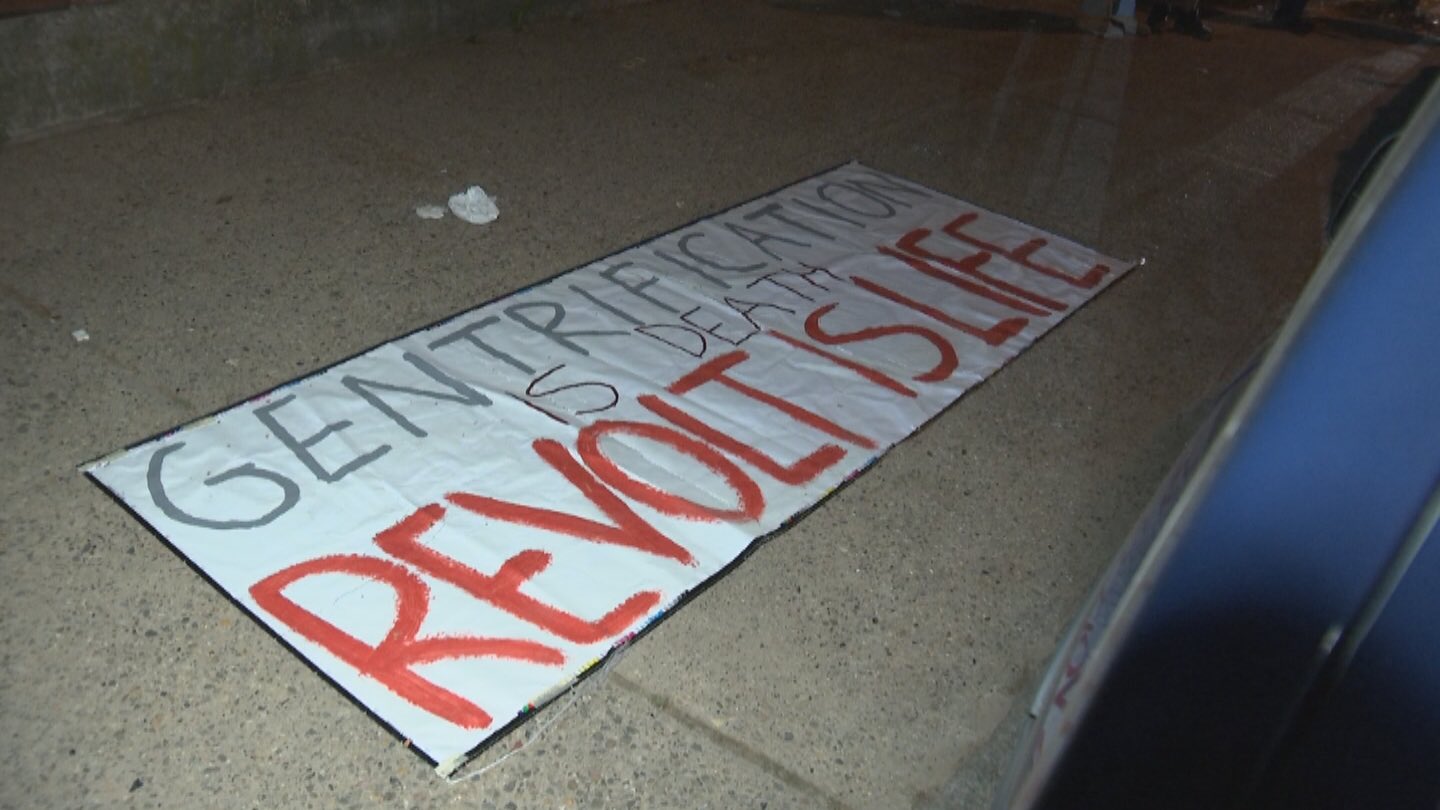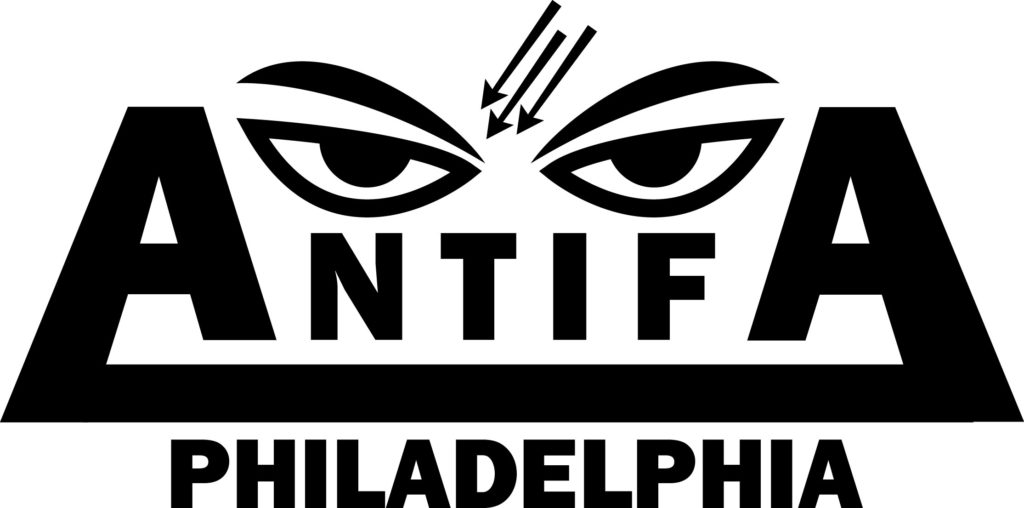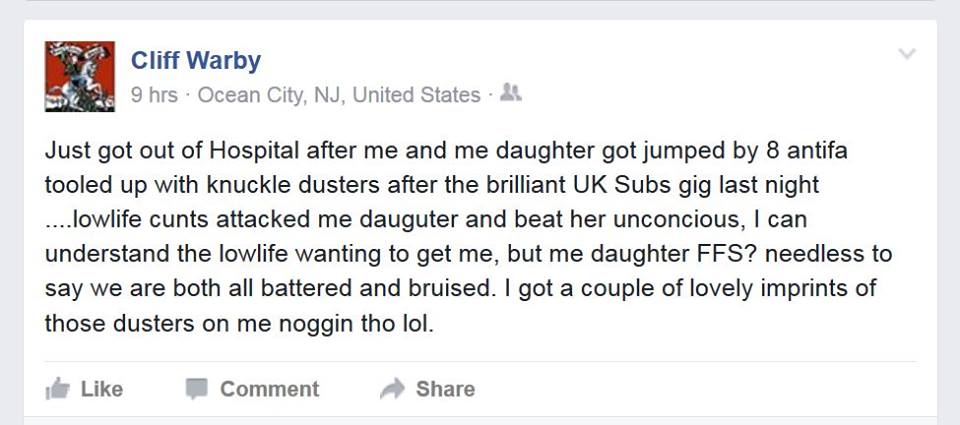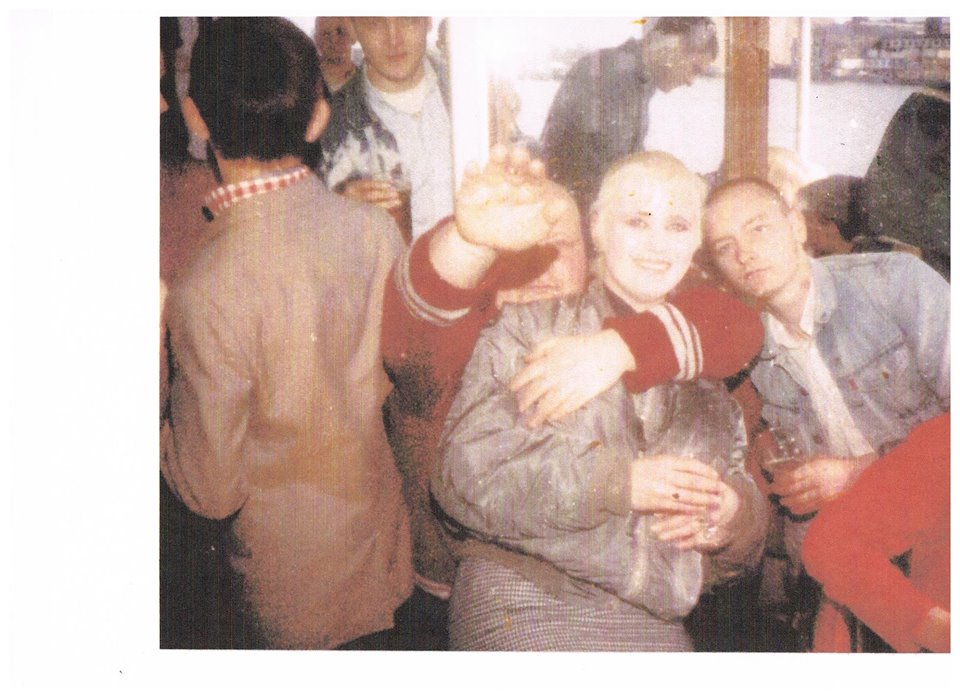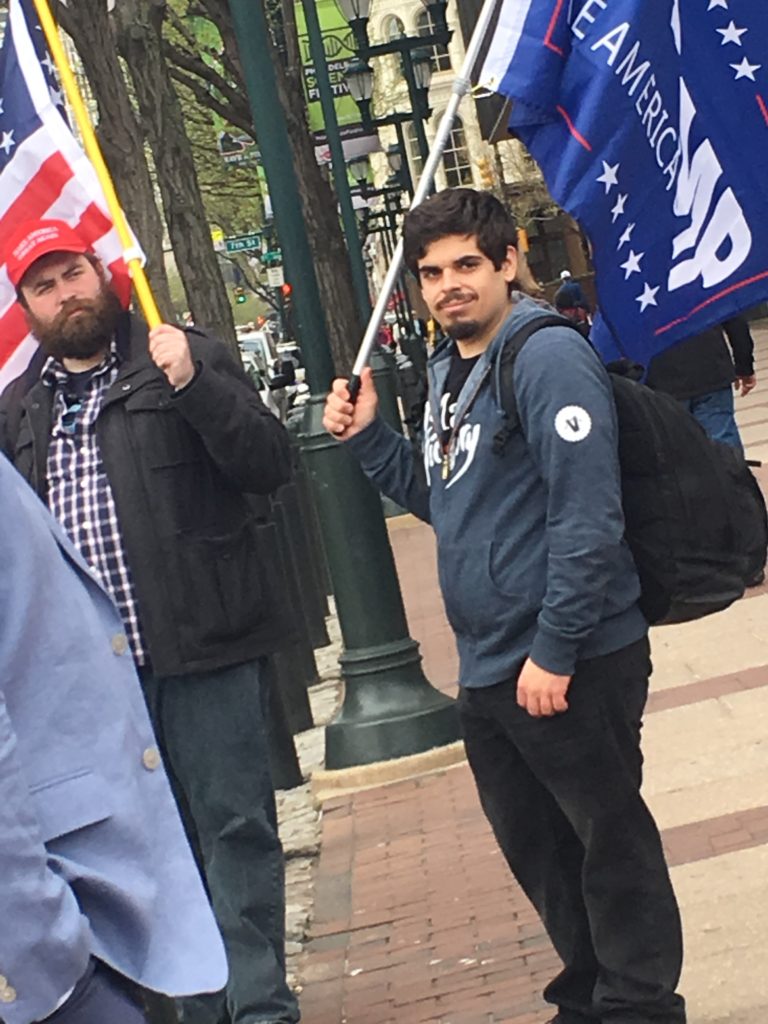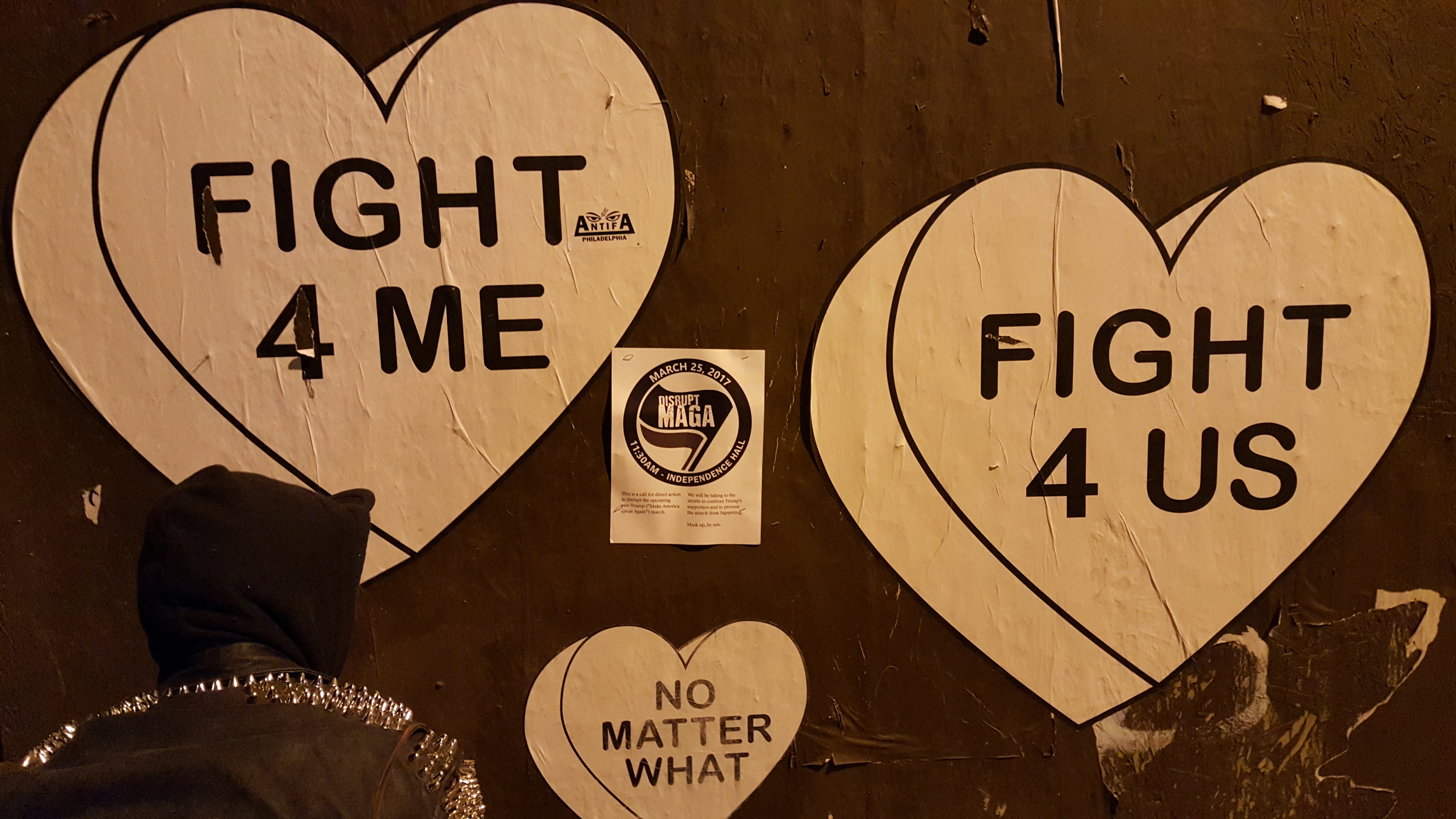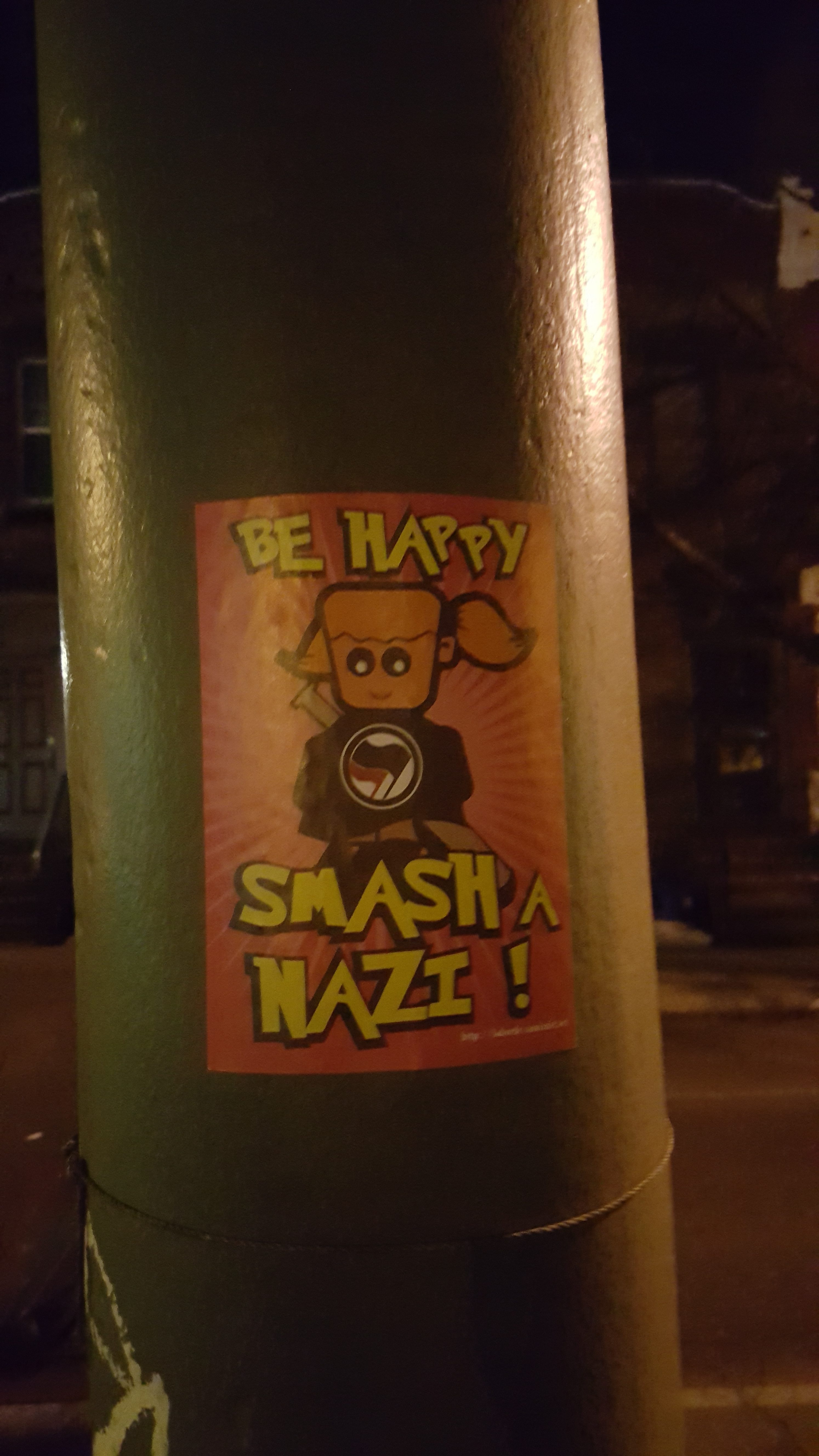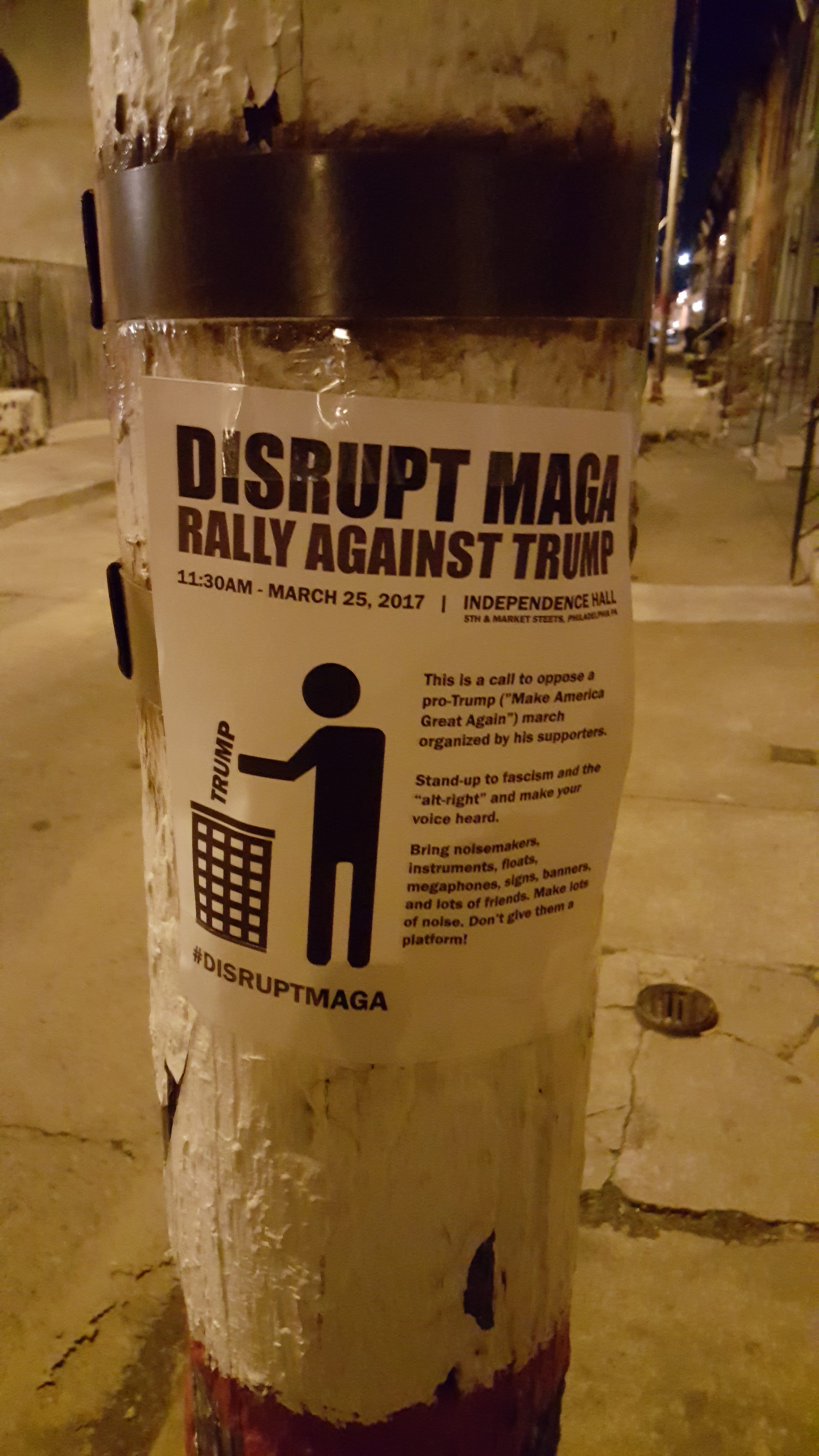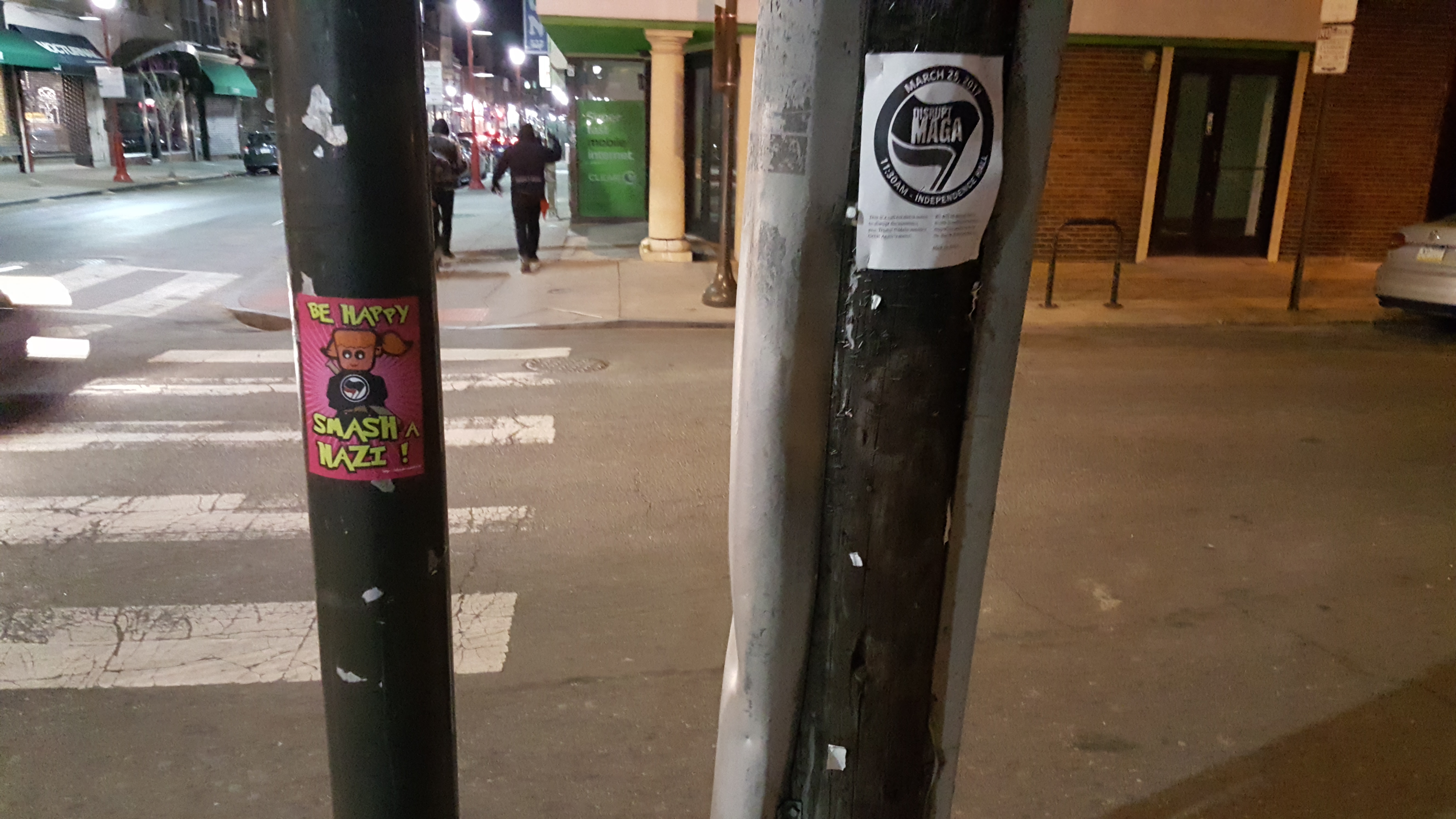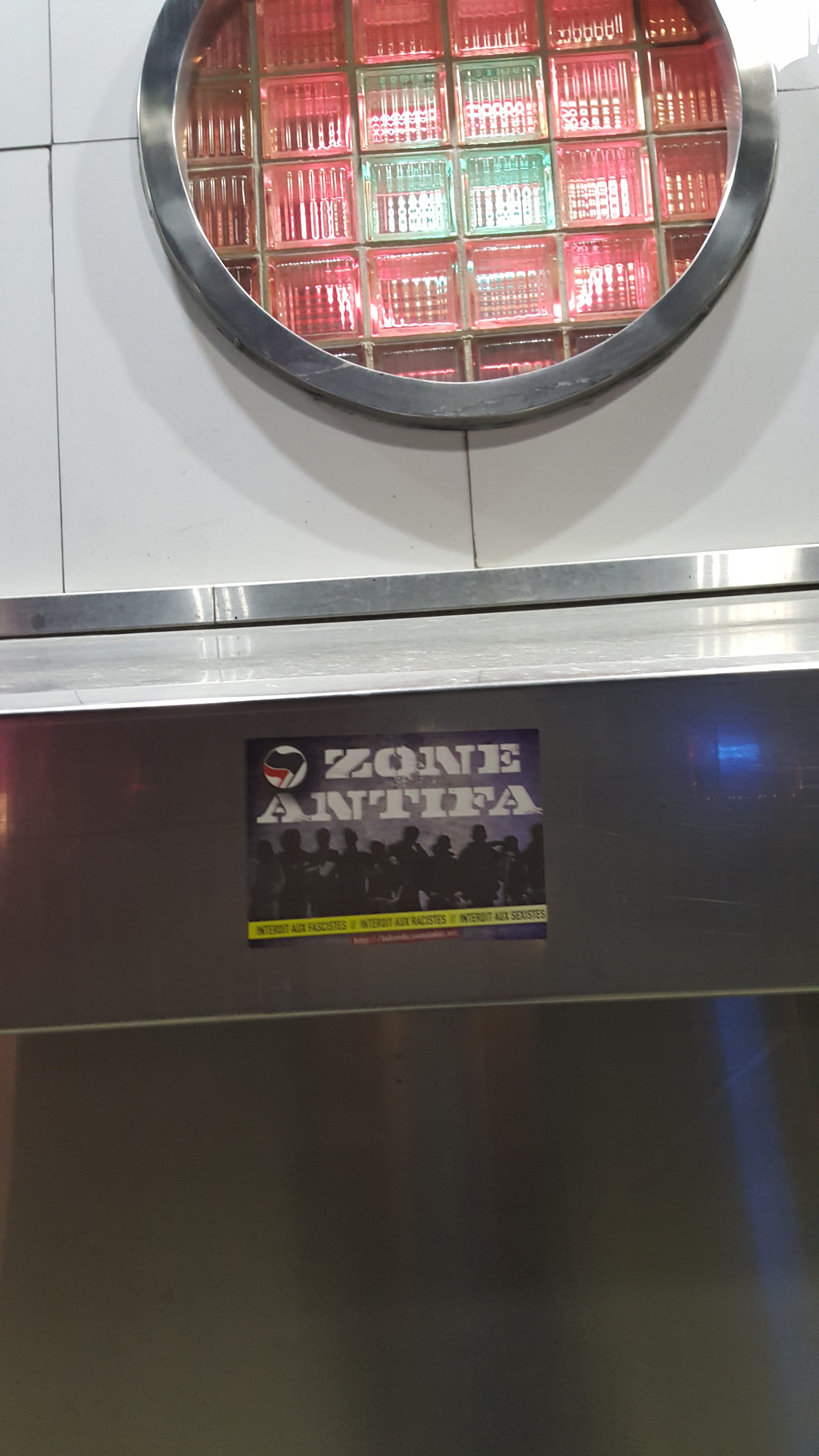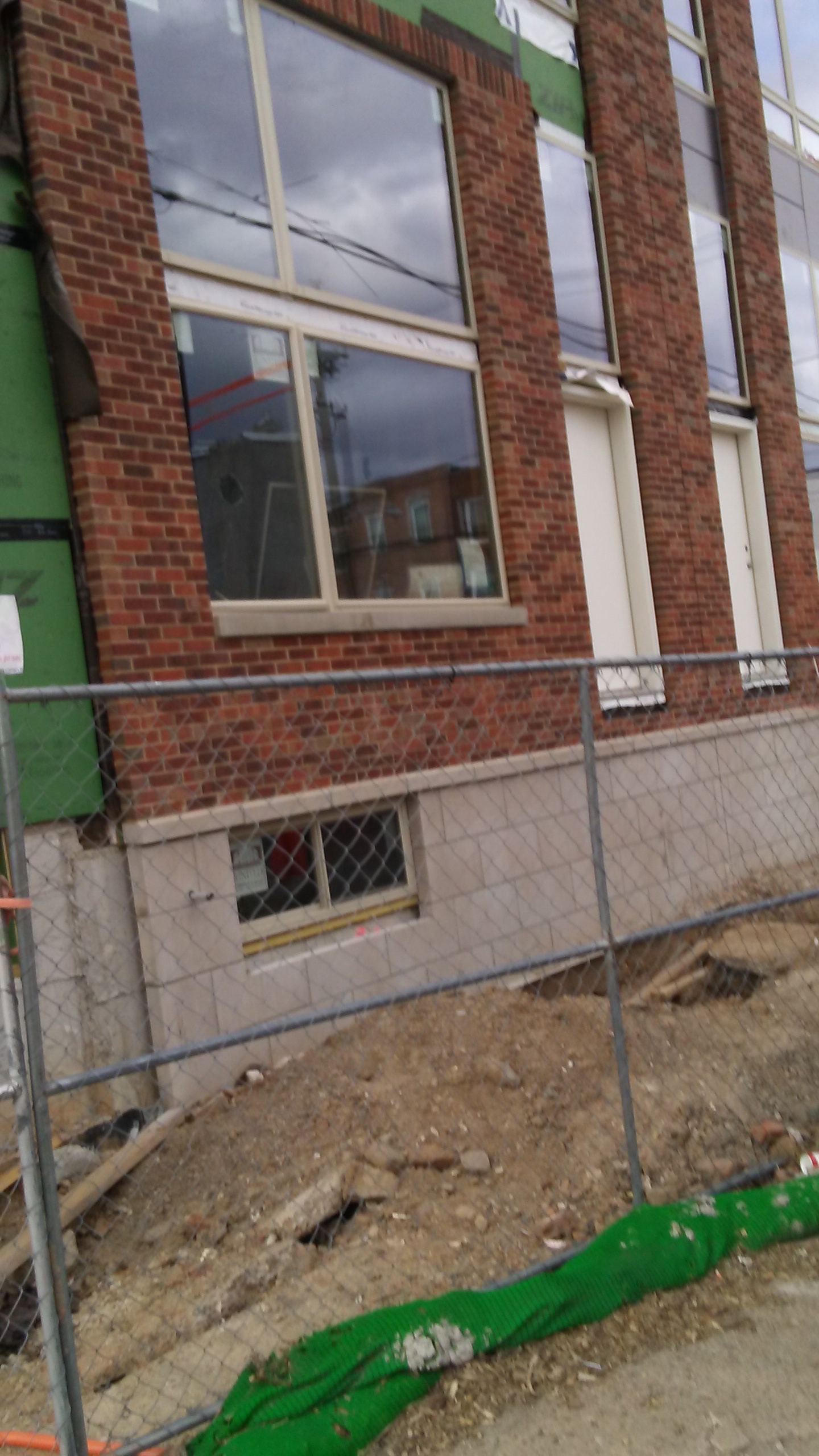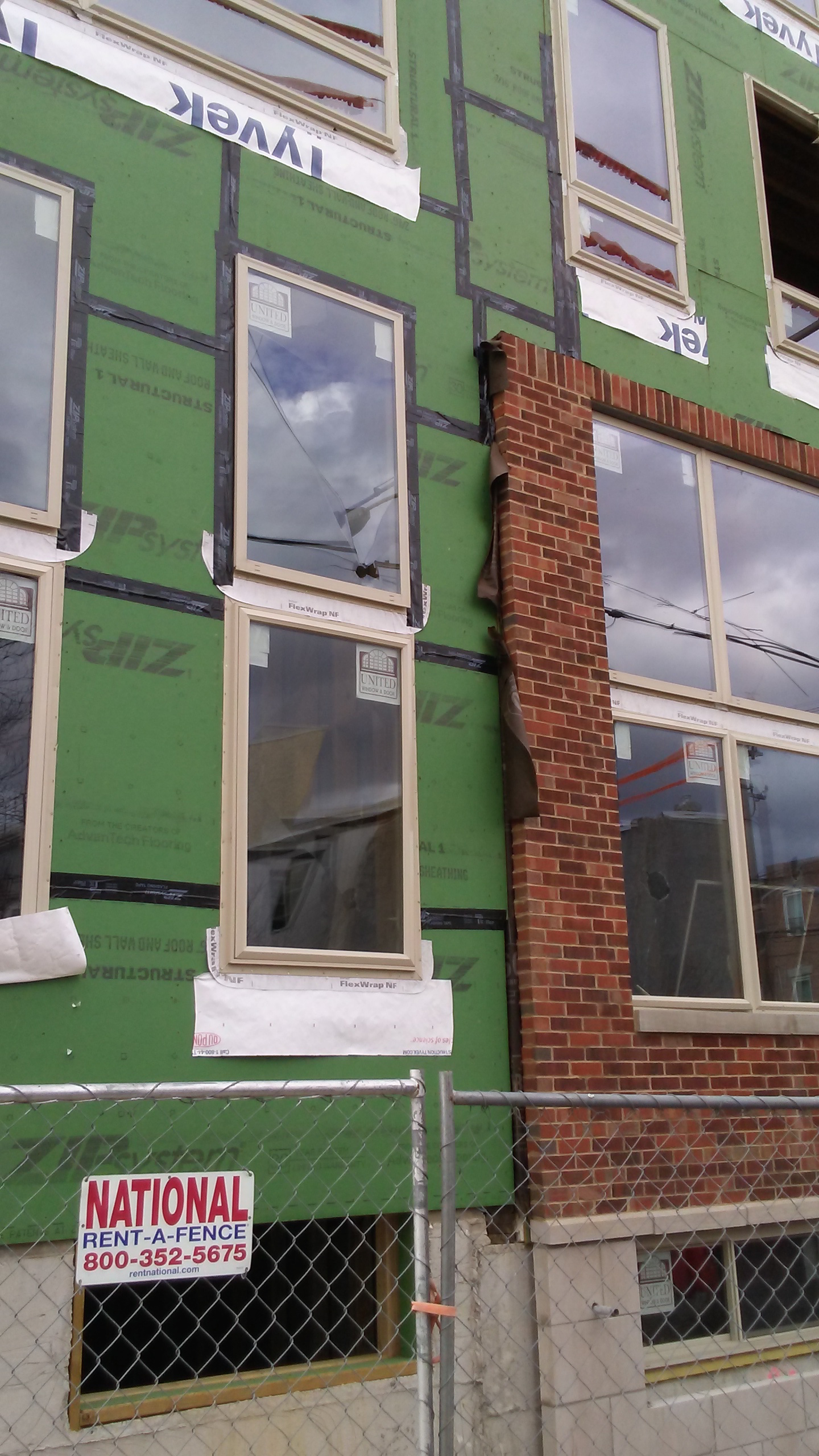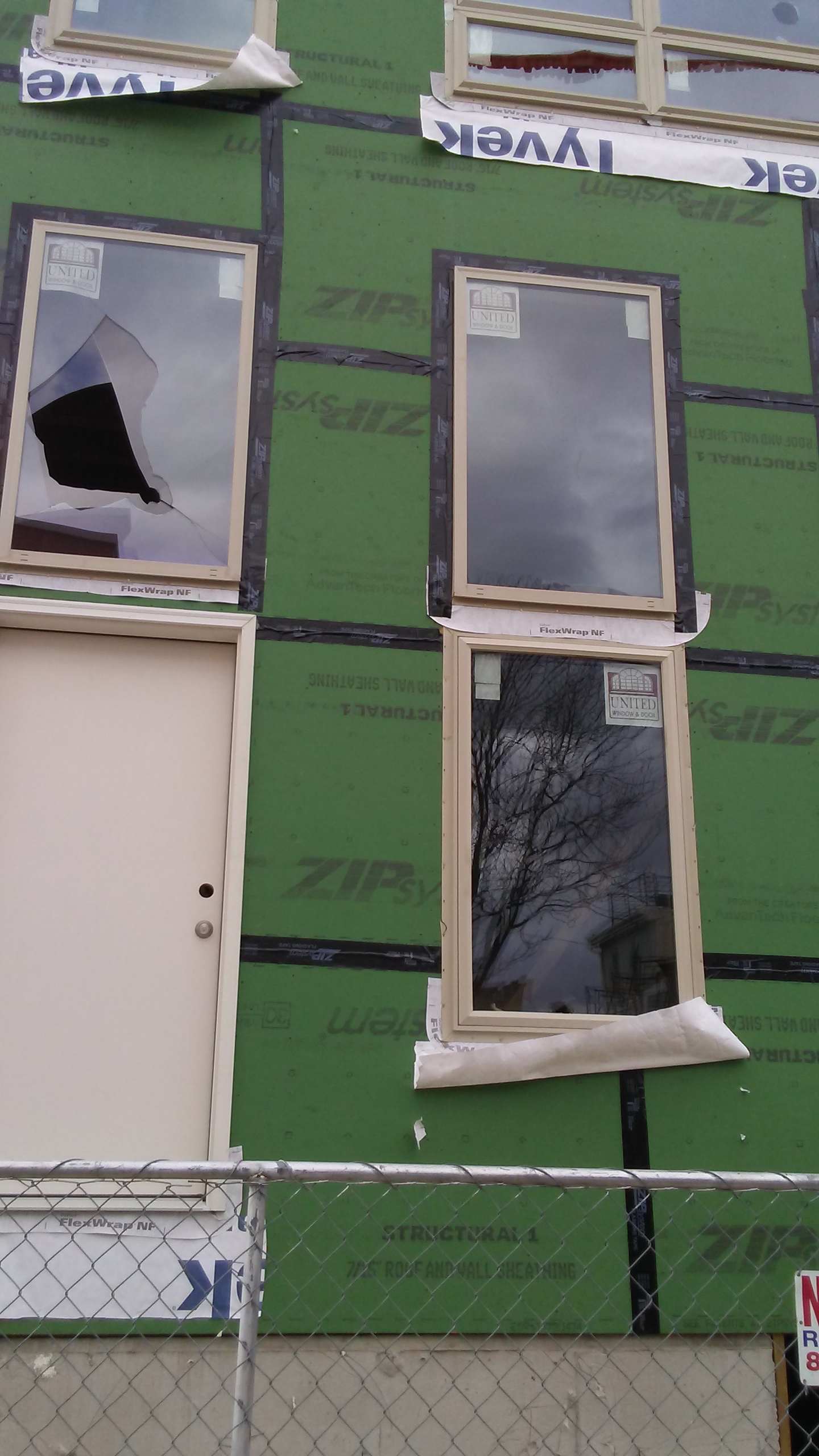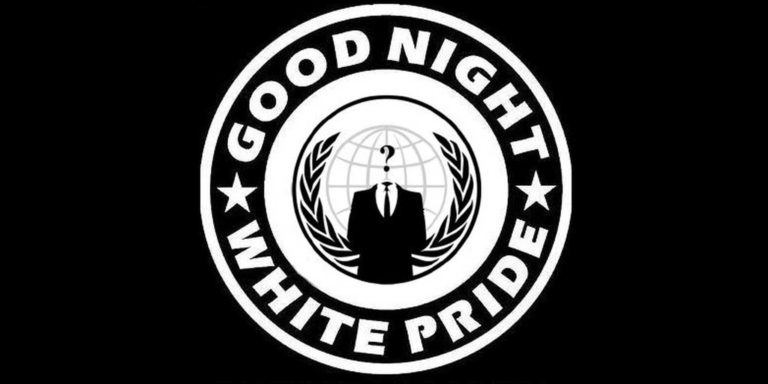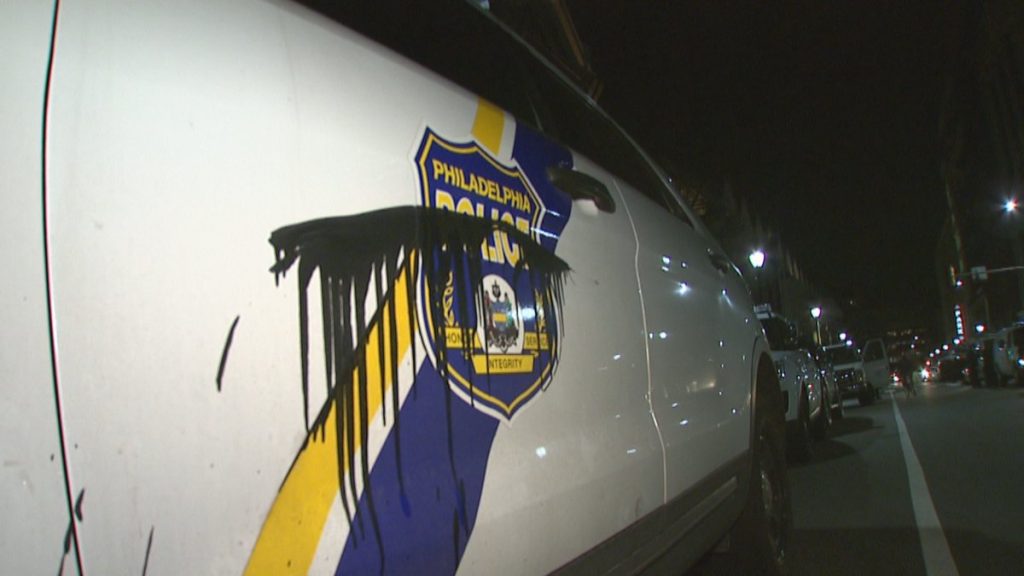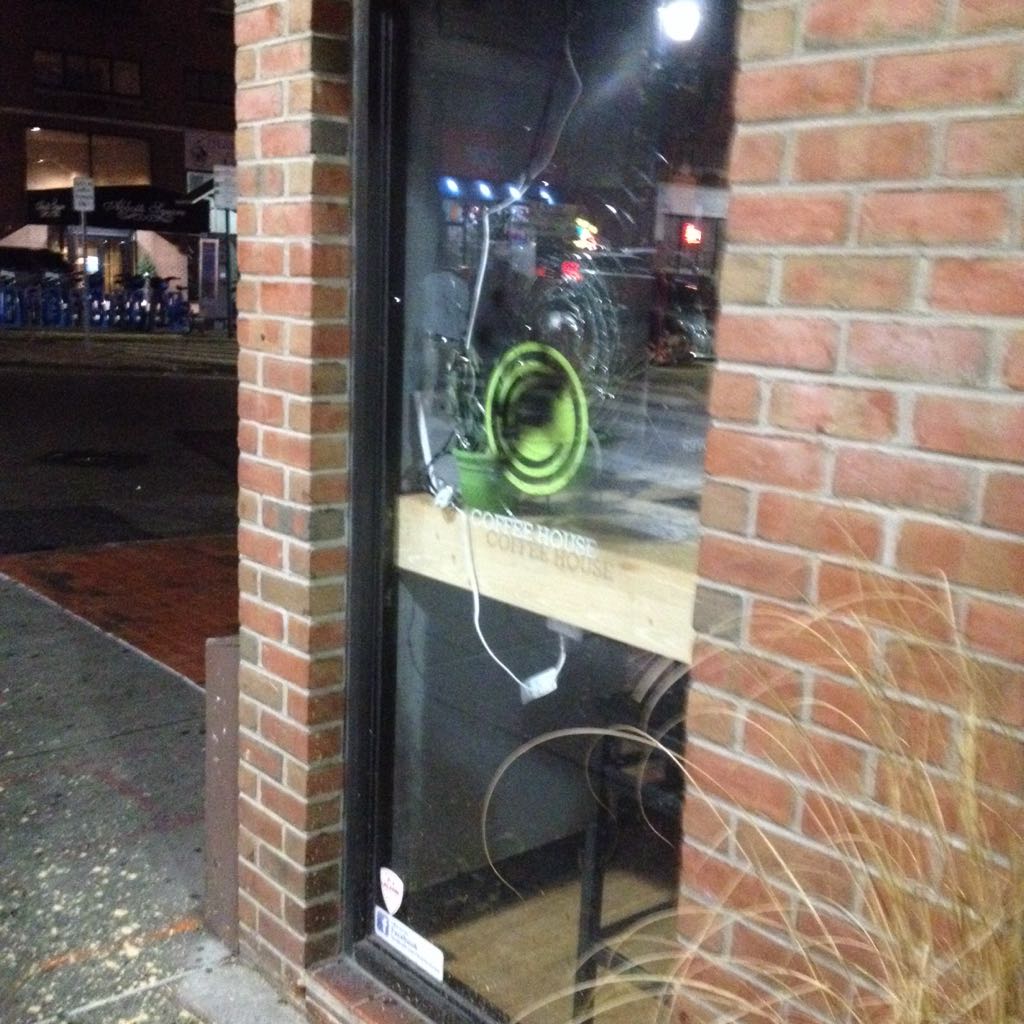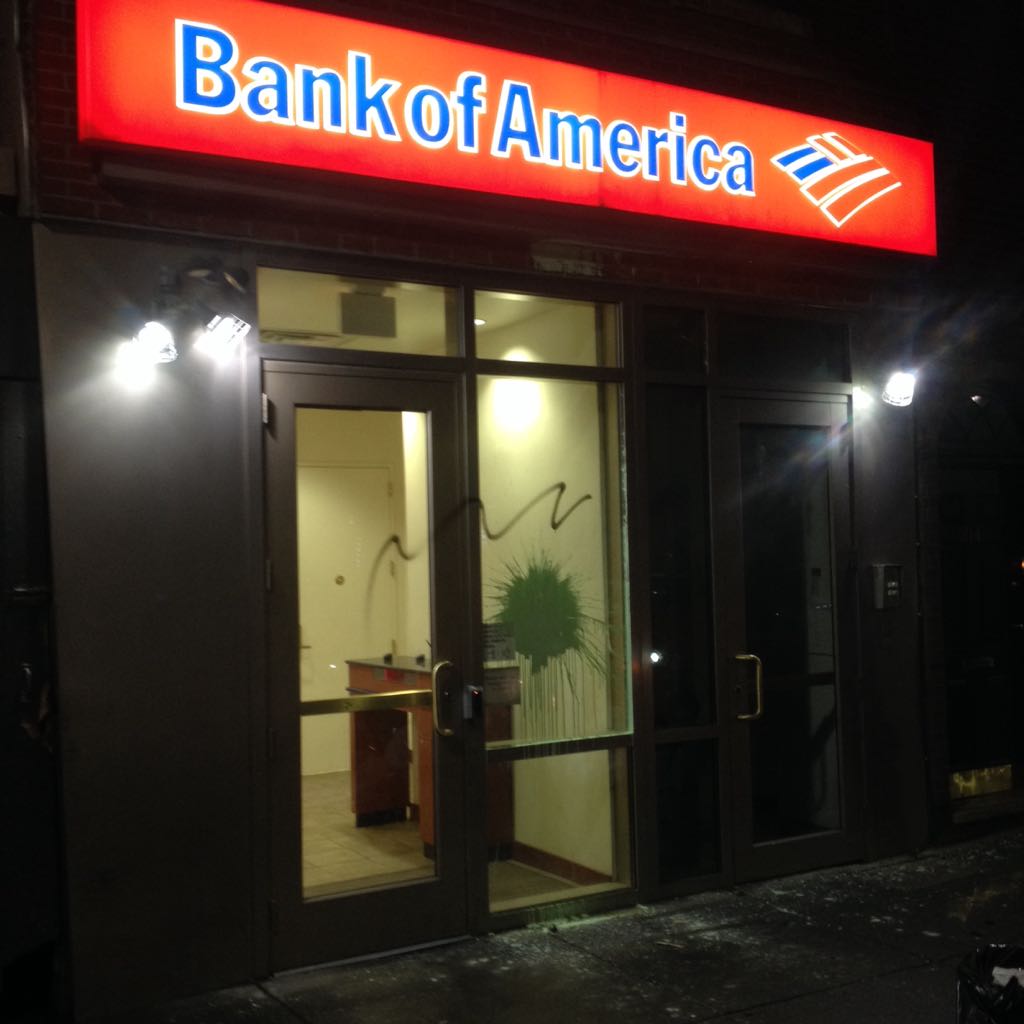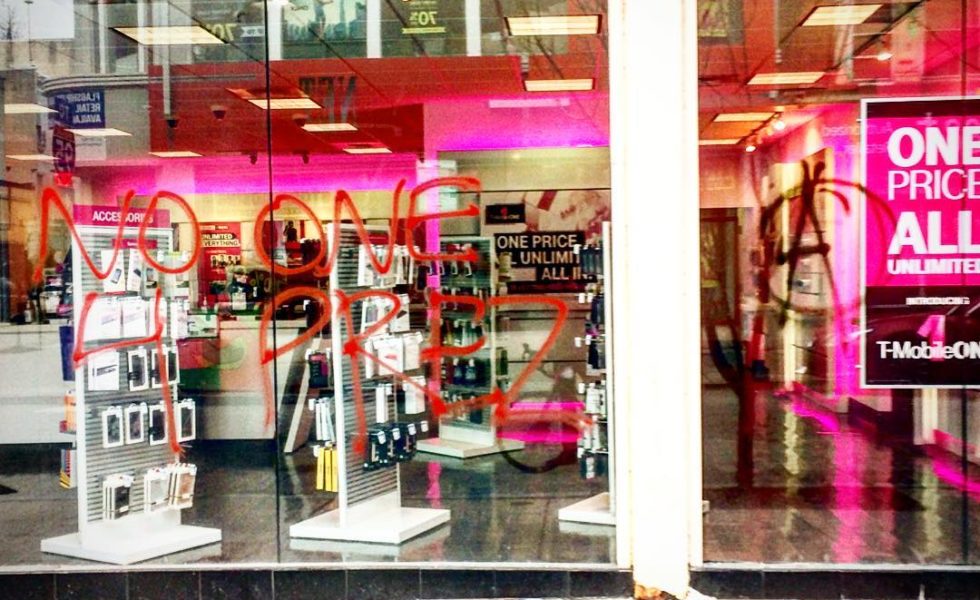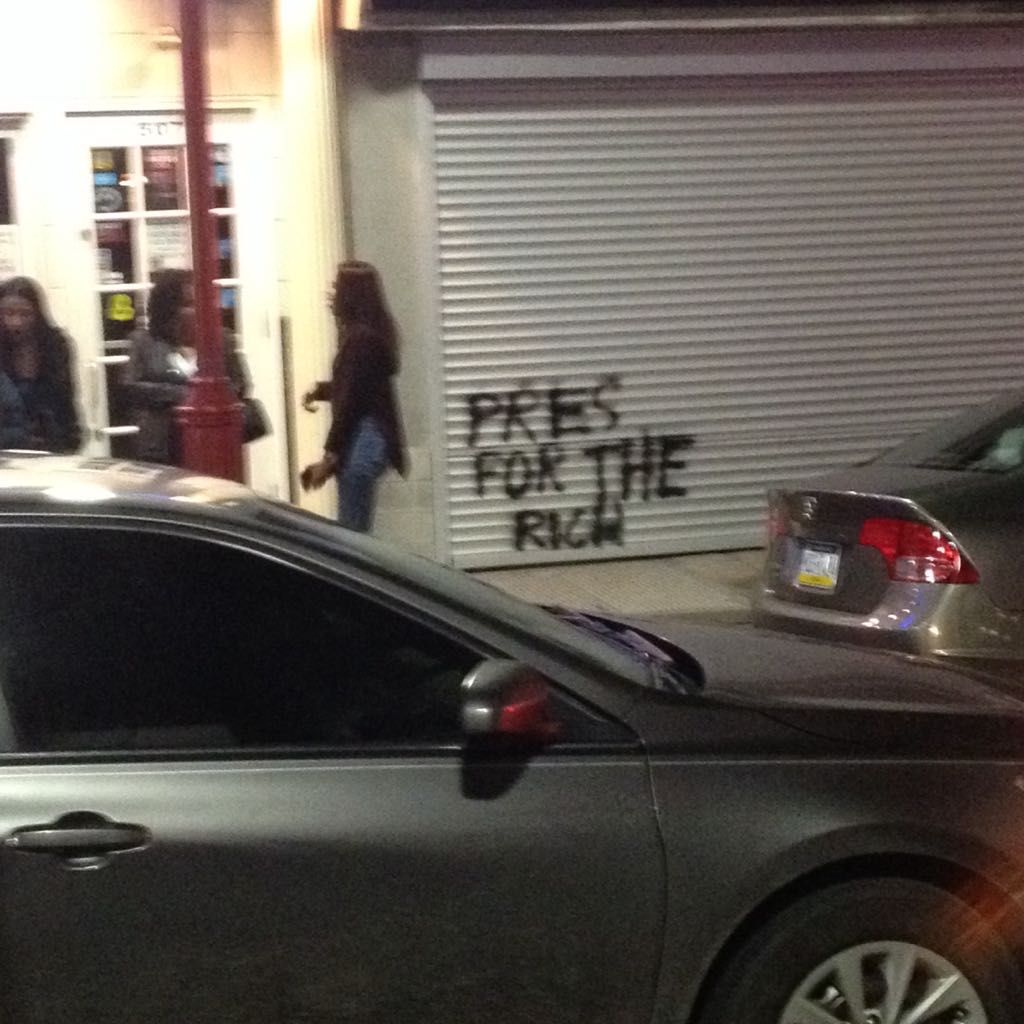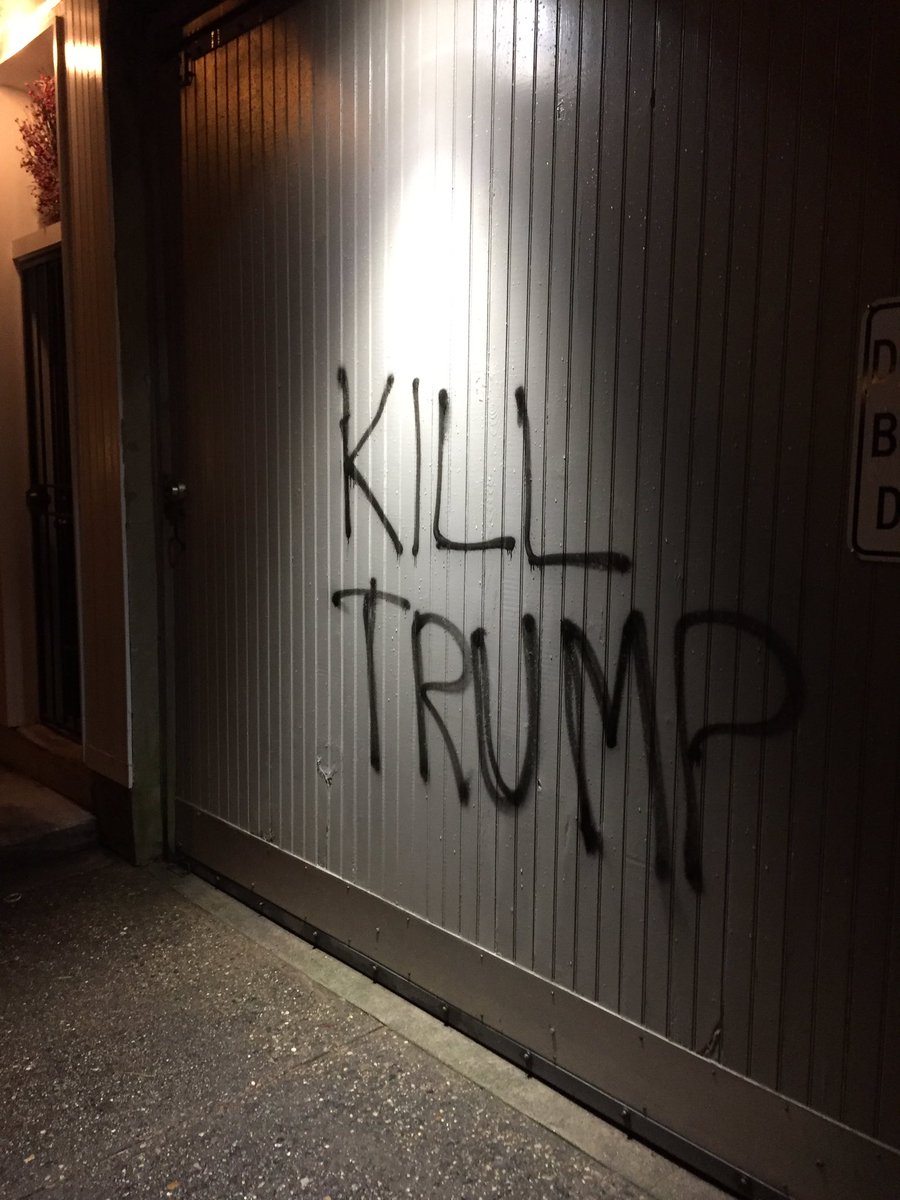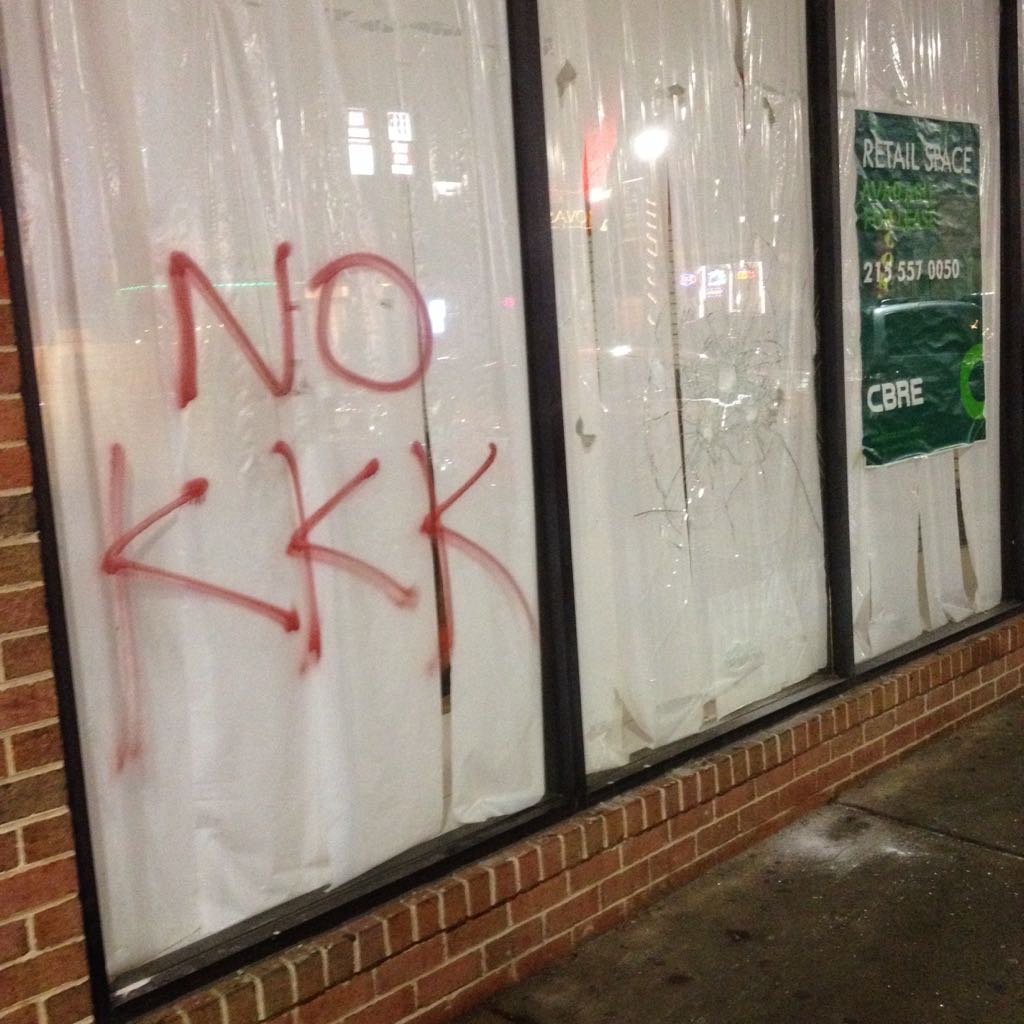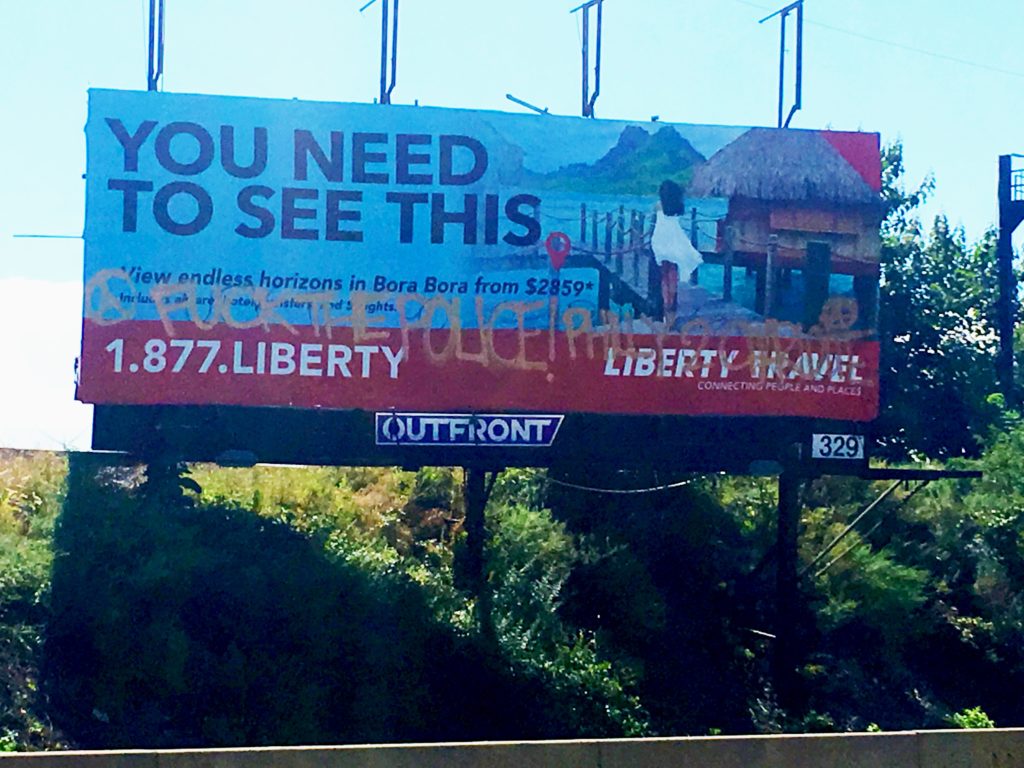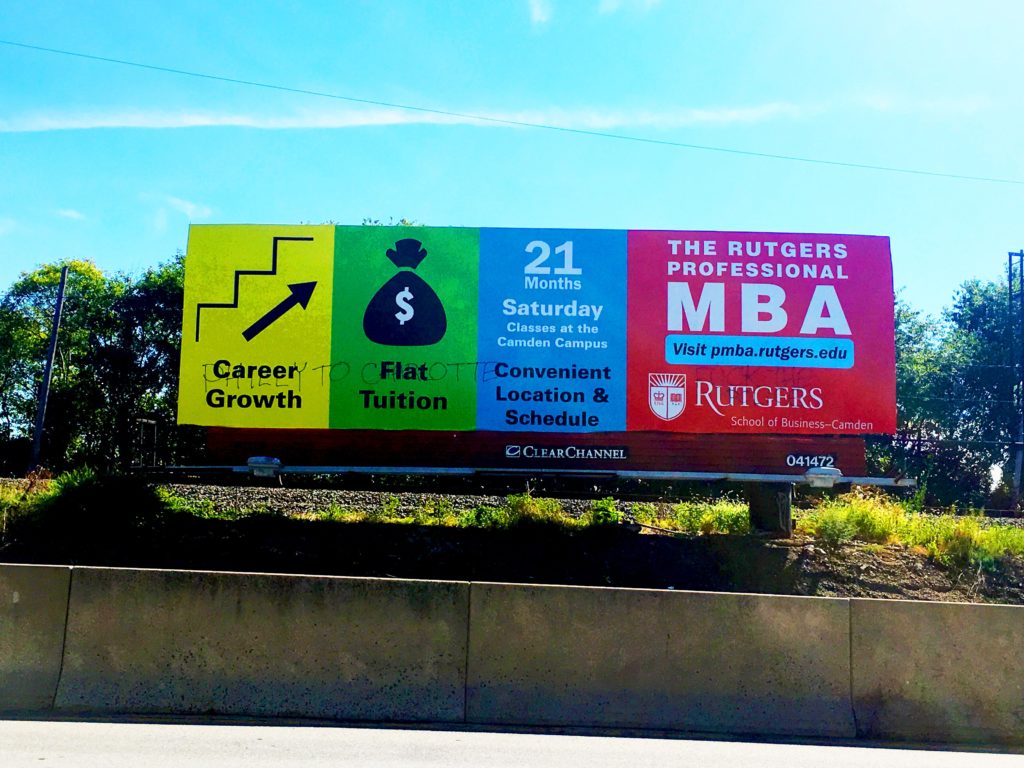Submission
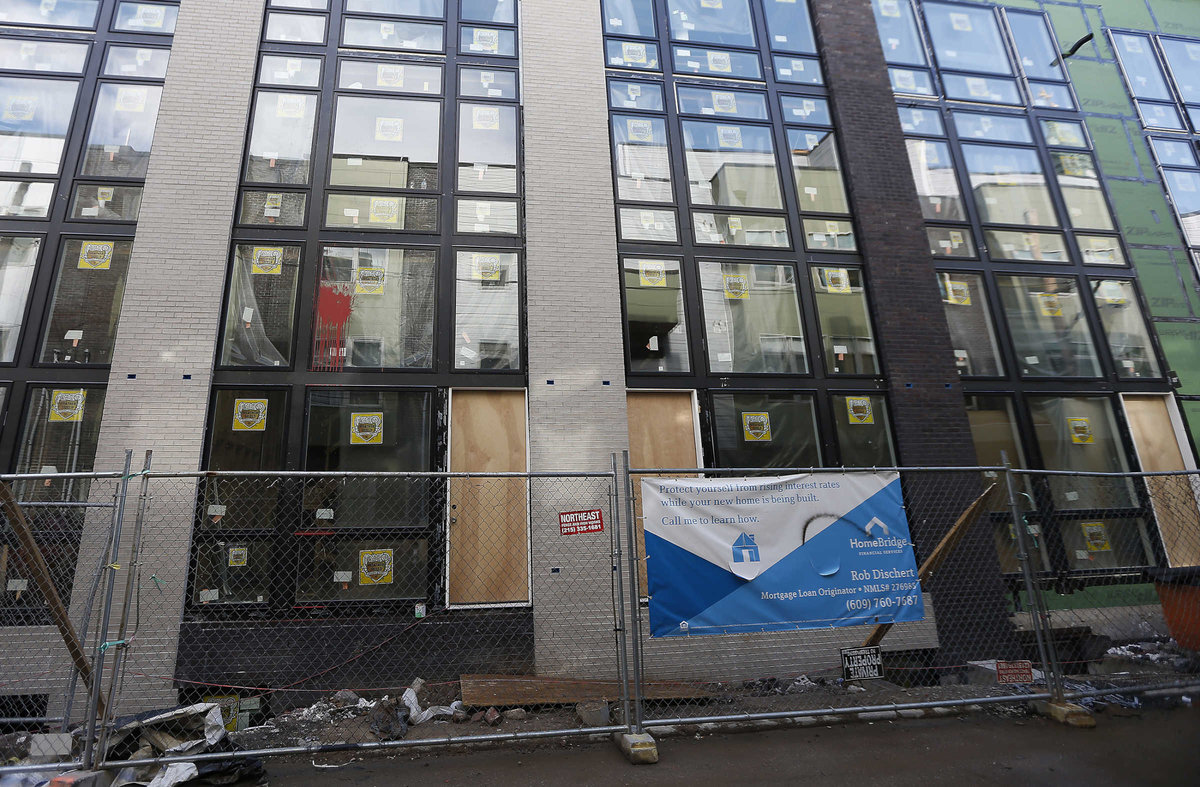
Lots of people said they went harder than they ever had, and learned and experimented at this demo. At least four large condos both finished and unfinished were smashed up so bad that it felt like a competition to get a swing in. People described feeling terrified and thrilled participating. Compared to the J20 march on South St, this demo is an escalation and a step up. The successes of this demo feel like they’re a result of the lessons learned on J20. Shout out to everyone who came prepared, brought things to share, and showed up on time. Cars, condos and cameras were hit with everything: bricks, porcelain, hammers, slingshot marbles, spray paint, and paint bombs!
All the above is a testament to the demo’s ferocity, since the neighborhood was challenging to say the least. There weren’t many little dip spots to duck into, there were many cameras around (fewer now). Neighbors were quick to snitch and formed ad-hoc vigilante groups that pursued participants. At one point someone was tackled by a good citizen; a comrade with a hammer intimidated them, allowing the demo-goer to escape. Let’s remember to look out for each other, even when the cops aren’t around, especially in white, yuppie, or right-leaning areas.

The meet-up chosen by the organizers felt ideal; it was dark, wooded, and off the street. Organizers regret not having distributed a legal support number that had been set up in advance of the demo. Due to technological and communication failures, as well as unforeseen circumstances, two intended targets were not hit. Towards the end of the route, an unintended split between a smaller group with a banner and a larger group further back took place, causing the march to end early.
It feels like in recent months we’ve all been learning a lot, and it shows — things are happening harder and more often! There are a few things we can do better next time. To lessen confusion and worry, let’s choose crew names that keep us anonymous, let us find each other in hectic situations, and also don’t sound like or rhyme with words for police. Let’s be careful with each other while we get dangerous, let’s throw from the front of crowds, making sure we don’t accidentally splash paint or rain glass on comrades in front of us using hammers.
See you in the streets
<3 bitches with hammers <3
